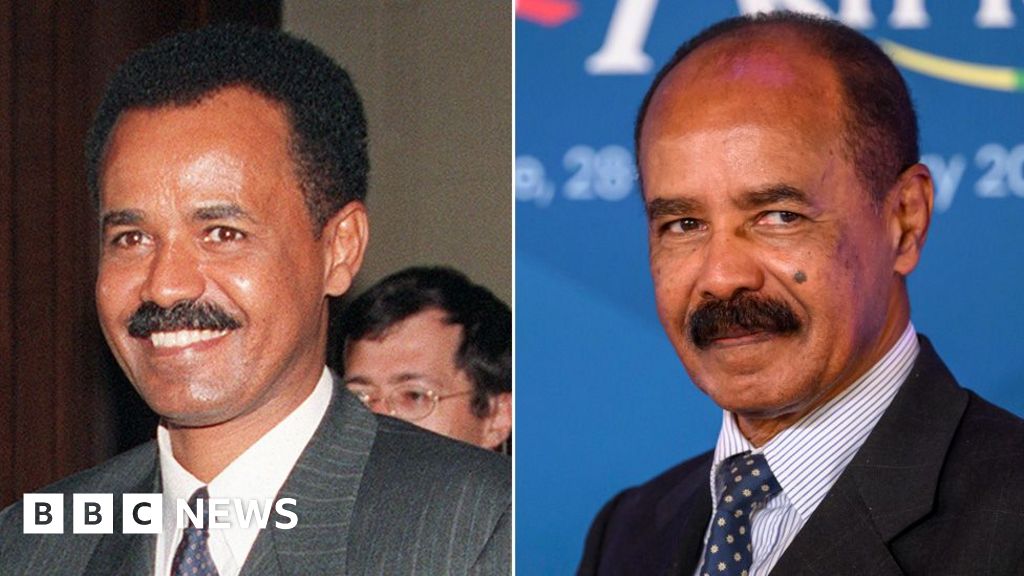Fostering Healthy Conflict Among Your Staff for Better Team Dynamics

Key Takeaways

- Healthy Conflict is Constructive: Embracing healthy conflict encourages constructive disagreements that enhance creativity and problem-solving within teams.
- Fosters Open Communication: A culture of healthy conflict promotes open dialogue and effective communication, leading to stronger relationships among employees.
- Drives Team Creativity: Healthy conflicts stimulate innovative thinking by allowing diverse perspectives to emerge, preventing groupthink and fostering new solutions.
- Enhances Employee Satisfaction: Properly managed conflicts can boost employee motivation and retention, as they contribute to a positive workplace culture.
- Builds Essential Skills: Regular engagement in constructive discussions helps develop critical communication skills among employees, preparing them for future challenges.
- Address Common Challenges: Understanding and addressing common conflict catalysts, such as clashing personalities and communication breakdowns, is essential for maintaining a collaborative work environment.
Navigating the dynamics of a workplace can be tricky, but healthy conflict among your staff can be a game changer. Instead of shying away from disagreements, embracing them can lead to innovation, improved relationships, and a more engaged team. When managed properly, conflict encourages diverse perspectives and fosters creativity, helping your organization thrive.
You might be surprised to learn that conflict doesn’t have to be destructive. In fact, it can be a powerful tool for growth and collaboration. By establishing a culture that values open communication and respectful discourse, you empower your employees to voice their opinions and challenge the status quo. This article will explore how to cultivate an environment where healthy conflict can flourish, ultimately benefiting your entire organization.
Understanding Healthy Conflict Among Your Staff

Healthy conflict among your staff refers to constructive disagreements that arise from differing opinions and ideas. It fosters open communication and promotes creative solutions, enhancing your small business’s overall performance. Embracing this type of conflict contributes to a positive workplace culture, encouraging employee engagement.
Definition of Healthy Conflict
Healthy conflict occurs when team members express differing viewpoints respectfully. It involves constructive discussions that lead to problem-solving rather than personal attacks. For instance, in a small business, innovative ideas can surface when employees debate various approaches to a project. Embracing diverse perspectives allows for better decision-making and can improve your staff’s skill sets.
Importance of Healthy Conflict
Healthy conflict plays a vital role in employee management and development. It encourages team building by strengthening relationships among colleagues. When disagreements are handled effectively, they can lead to increased employee motivation and satisfaction. Your workforce can thrive when various viewpoints contribute to solutions, stimulating creativity and reducing staff turnover. Moreover, fostering a culture of healthy conflict aids in attracting and retaining top talent, essential for maintaining a competitive edge in the job market.
Benefits of Embracing Healthy Conflict

Embracing healthy conflict among your staff can transform workplace culture and drive creativity. Healthy conflict encourages open communication and diverse perspectives that contribute to innovative problem-solving.
Improved Team Creativity
Improved team creativity stems from healthy conflict as it stimulates creative thinking. When your staff engages in constructive debates, they generate innovative solutions to pressing challenges. Diverse perspectives lead to breakthroughs, preventing “groupthink” and fostering the exploration of new ideas. Encouraging this environment helps refine existing processes, making room for creativity to thrive within your team.
Enhanced Communication Skills
Enhanced communication skills develop when your employees navigate healthy conflict. Regular engagement in respectful discussions leads to clearer, more effective conversations. Improved communication strengthens relationships among team members and fosters a culture of collaboration. Stronger communication skills not only boost employee engagement but also enhance overall performance. By encouraging open dialogue, you prepare your staff for the demands of the job market and improve your workforce planning, leading to greater employee retention.
Strategies to Facilitate Healthy Conflict

Healthy conflict among your staff promotes creativity and boosts employee engagement. Implementing effective strategies can lead to a more collaborative and innovative workplace.
Establishing Clear Communication Channels
Establish clear communication channels for your team. Encourage active listening and respectful dialogue among employees. When team members feel heard, it fosters understanding and strengthens relationships. Use tools like communication platforms to facilitate timely discussions. Scheduling regular check-ins can also help address potential conflicts before they escalate.
Encouraging Open Feedback Mechanisms
Encourage open feedback mechanisms to promote transparency and trust. Create opportunities for employees to share their insights and perspectives, enhancing employee relations. Implement anonymous surveys or suggestion boxes to gather honest feedback without fear of repercussion. Regular performance reviews can also serve as a platform for constructive feedback, helping employees develop their skills. Providing training on effective communication techniques can improve discussions and enhance your workplace culture.
Common Challenges in Managing Conflict

Managing conflict in your team presents several challenges that can impact workplace culture and employee engagement. Recognizing these obstacles can help you foster a more constructive environment for your small business.
Clashing Personalities and Work Styles
Clashing personalities and work styles create tension. Differences in how team members approach tasks often lead to misunderstandings. For example, a detail-oriented employee may conflict with a big-picture thinker. To address this, you can implement team-building activities that help employees understand each other’s strengths and work preferences, leading to improved collaboration.
Communication Breakdowns
Communication breakdowns trigger many conflicts. Misunderstandings can stem from unclear messages or assumptions. For instance, if an employee assumes that a colleague understands their expectations without clear instructions, friction may arise. Establishing regular check-ins and promoting active listening can prevent these issues and ensure that everyone remains on the same page. Providing training on effective communication skills enhances overall employee relations and workplace dynamics.
Avoiding Escalation
Avoiding escalation is vital for maintaining a healthy work environment. When conflicts arise, addressing them promptly prevents small issues from becoming major problems. Create a culture of openness where employees feel comfortable discussing disagreements as they happen. Implementing conflict resolution strategies, such as mediation or facilitated discussions, can help employees resolve issues respectfully.
Addressing Personal Biases
Addressing personal biases promotes a more inclusive workplace. Biases can color perceptions, leading to unfair conflicts among team members. Training sessions focused on diversity hiring and unconscious bias can aid in recognizing and minimizing these tendencies. Encouraging team discussions about individual backgrounds and experiences fosters understanding, allowing employees to work together more effectively, resulting in improved performance and employee satisfaction.
Conclusion

Embracing healthy conflict among your staff can transform your workplace into a hub of innovation and creativity. By fostering an environment where diverse perspectives are welcomed and respected, you’ll encourage open communication that strengthens relationships and enhances overall performance.
Implementing effective strategies to manage conflict not only boosts employee engagement but also attracts and retains top talent. By prioritizing constructive dialogue and addressing misunderstandings promptly, you create a culture that thrives on collaboration.
Ultimately, encouraging healthy conflict is about more than just resolving disagreements; it’s about building a dynamic team that’s equipped to tackle challenges head-on and drive your organization forward.
Frequently Asked Questions

What is healthy conflict in the workplace?
Healthy conflict refers to constructive disagreements that arise from differing opinions and ideas. It promotes open communication and results in creative solutions that enhance overall performance, as team members express varying viewpoints respectfully.
How can healthy conflict benefit my team?
Embracing healthy conflict encourages diverse perspectives, fosters innovation, and strengthens relationships among team members. It also boosts employee engagement, motivation, and satisfaction while empowering individuals to voice their opinions without fear.
What strategies promote healthy conflict?
To promote healthy conflict, establish clear communication channels, encourage active listening, and practice respectful dialogue. Implement regular check-ins, anonymous feedback mechanisms, and effective communication training to create a collaborative environment.
What challenges may arise with workplace conflict?
Common challenges include clashing personalities and communication breakdowns. These issues can lead to misunderstandings and heightened tension, making it essential to address conflicts promptly and foster a culture of openness.
How does healthy conflict impact employee retention?
Healthy conflict enhances employee satisfaction and engagement, contributing to a positive workplace culture. By creating an environment where individuals feel valued and heard, organizations can attract and retain top talent, maintaining a competitive edge.
Image Via Envato
This article, "Fostering Healthy Conflict Among Your Staff for Better Team Dynamics" was first published on Small Business Trends
What's Your Reaction?
 Like
0
Like
0
 Dislike
0
Dislike
0
 Love
0
Love
0
 Funny
0
Funny
0
 Angry
0
Angry
0
 Sad
0
Sad
0
 Wow
0
Wow
0






























































































